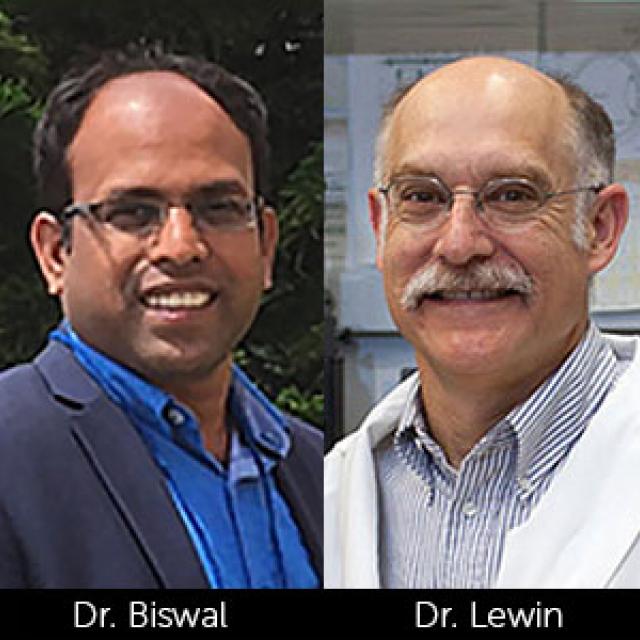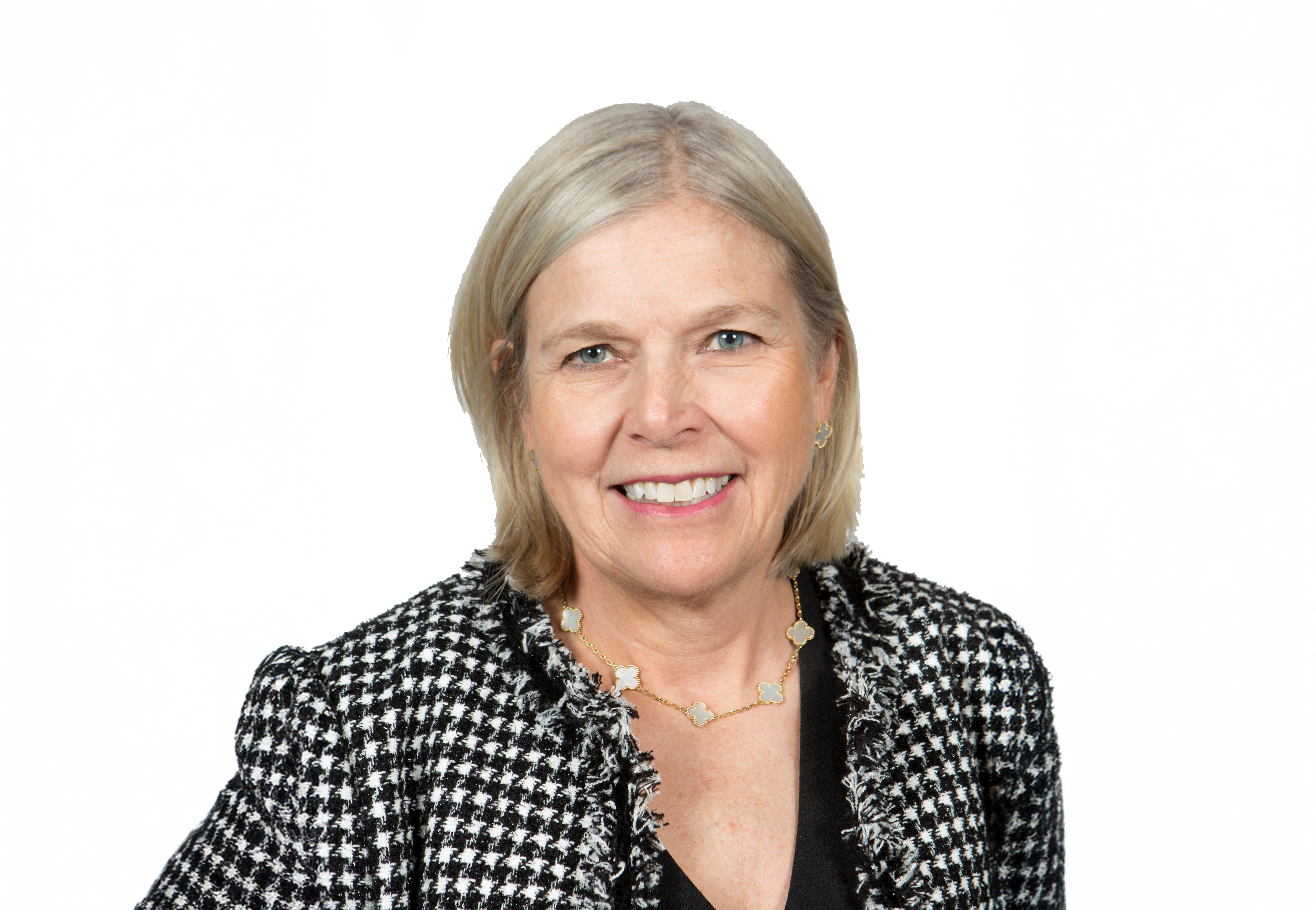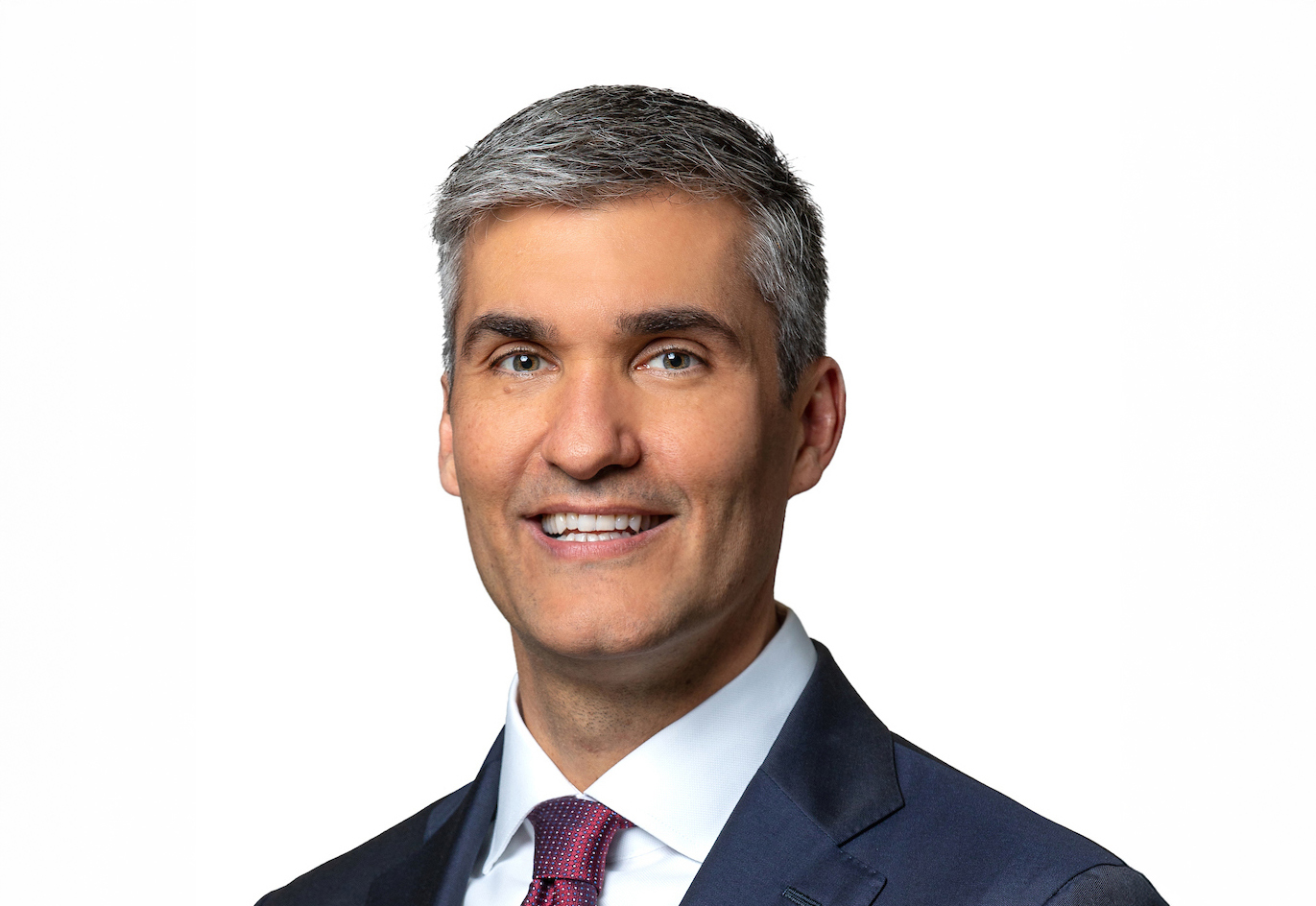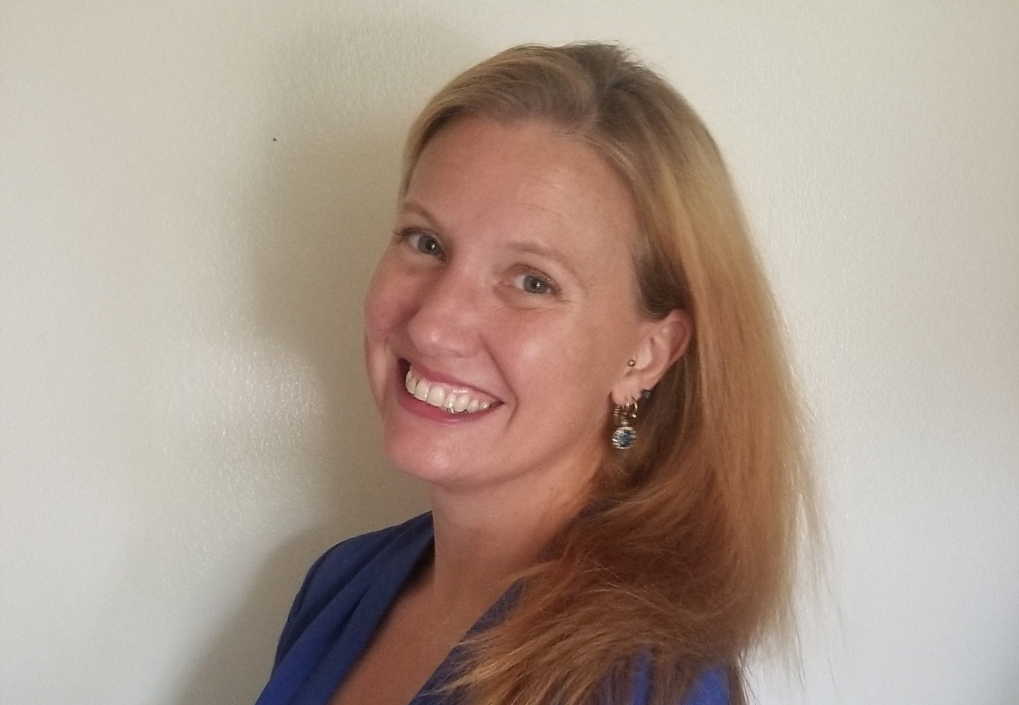Repurposing Drugs for Age-Related Macular Degeneration
Featuring
Alfred S. Lewin, PhD and Manas Biswal, PhD
University of Florida Department of Molecular Genetics and Microbiology





Alfred S. Lewin, PhD and Manas Biswal, PhD
University of Florida Department of Molecular Genetics and Microbiology

The guest speakers are Alfred S. Lewin, PhD, from the University of Florida Department of Molecular Genetics and Microbiology, who focuses on developing therapies for inherited and age-related diseases of the retina; and Manas Biswal, PhD, a Postdoctoral Associate, also from the University of Florida.
BrightFocus Foundation
Repurposing Drugs for AMD
September 27, 2017
Transcript of Teleconference with Drs. Alfred Lewin and Manas Biswal.
1:00–2:00 pm EDT
The information provided in this transcription is a public service of BrightFocus Foundation and is not intended to constitute medical advice. Please consult your physician for personalized medical, dietary, and/or exercise advice. Any medications or supplements should be taken only under medical supervision. BrightFocus Foundation does not endorse any medical products or therapies.
Please note: This Chat has been edited for clarity and brevity.
MICHAEL BUCKLEY: Hello, I am Michael Buckley from BrightFocus Foundation. Welcome to today’s BrightFocus Chat, “Repurposing Drugs for AMD.” If today is your first time on a BrightFocus Chat, welcome, and thank you for joining us. Let me take a moment to tell you about BrightFocus and what we will do today. BrightFocus Foundation funds some of the top researchers in the world. We support scientists all around the globe who are trying to find cures for macular degeneration, glaucoma, and Alzheimer’s. We share the latest news from these scientists with families who are impacted by these diseases. We have a number of free publications and plenty of materials on our website, www.BrightFocus.org, that offer tips for living with diseases such as macular degeneration. The BrightFocus Chats are one way we share this information.
Now, on to today’s guests. As many of you may know, for late-stage dry age-related macular degeneration (AMD), also known as geographic atrophy, there currently is no available treatment other than vitamins, which only work in early to mid-stages. There are encouraging signs emerging from the University of Florida, where scientists working on a grant for macular degeneration research, a BrightFocus Foundation program, are seeing new signs of hope from experiments that repurpose a currently approved cancer drug. Today, we have the great opportunity to take a peek inside the lab and to be joined by the two lead scientists on this project, Alfred Lewin and Manas Biswal. Both of them hold Ph.D. degrees and are professors at the University of Florida.
Drs. Lewin and Biswal, I want to thank you very much for joining us today. Before we hear about the exciting research coming out of your laboratory, I was wondering if one of you could briefly discuss the basics of AMD for our listeners who might be new to this disease. I want to start off with the difference between dry AMD and wet AMD.
DR. LEWIN: First, let me thank you. This is Alfred Lewin. I would like to thank you for the opportunity to discuss our work and to be part of this Chat. The difference—we hear a lot about wet AMD and dry AMD—but really, this is a continuum of one disease. Almost all people who have AMD will begin with the dry form. If the disease progresses and worsens, it will go to advanced stages, which may either lead to fragile and leaky blood vessels, which are characteristic of the wet form of AMD, or they may lead to death of the very critical photoreceptor cells in the center of the retina in the macula. This is called the advanced dry form, or geographic atrophy. We call it geographic because it is localized in one central spot in the center of the retina. We call it atrophy because it represents the death of critical cells, particularly photoreceptor cells, but also cells behind the photoreceptors called the retinal pigment epithelium.
Right now, although we do have treatments for—as you pointed out—wet AMD to reduce the leaking of the blood vessels, there are no approved treatments for the advanced dry form of AMD, which is geographic atrophy.
MICHAEL BUCKLEY: I appreciate the background. Now I would like to turn to the recent, encouraging news that came out of your lab. I was wondering if one or both of you could tell us about that.
DR. BISWAL: Thank you Michael. I can take that. Our research is funded by the Macular Degeneration Research Foundation; this is under the umbrella of the BrightFocus Foundation. We are looking into a drug called xaliproden, which has been successful in reducing retinal damage in a mouse model for dry AMD. We are using a drug that also has been assessed in humans. So, this drug also has been tested in cancer trials and also in some of the neurodegenerative diseases, such as multiple sclerosis (MS) and amyotrophic lateral sclerosis (ALS). In these diseases—even though it has been in clinical trials, it has not been successful, but it has gone through Phase I and Phase II safety and dosing requirements. That gives us hope that this drug could be useful as a novel platform for treating AMD. It has not been tested in mouse models and that is one of the drugs we are inspecting in our research, to see when it is working in a mouse model.
MICHAEL BUCKLEY: That is interesting. If I heard you correctly, in cancer trials and ALS it was found safe for humans, but not effective? Is that correct? That is interesting. For our audience who may not be familiar with the repurposing, I think it is really interesting that instead of developing new medications you are taking a look around at something that exists and trying to find a new use. I was wondering, how did it happen to the two of you? What were the circumstances that led to that discovery?
DR. LEWIN: Let me take this one. Another company, called Alcon, had tested a drug of this class in a clinical trial—the same sort of class of compound as xaliproden. They tried to use it by injection for geographic atrophy. It had not worked well, but nevertheless, their animal work in rats suggested that it was very beneficial to protect the retina from damage from light and other insults. We thought that this class of drugs might be useful and we wanted to continue exploring, even though Alcon had given up on their particular drug. We really got the hint from the earlier work of other investigators using animal models and testing in humans to keep going with other drugs of the class. We knew that xaliproden was safe, as Dr. Biswal stated, but we knew also that it was what a pharmacist would call “orally available;” you could take it by mouth. We figured this would be a useful drug to test because in people you could take it orally and we knew it was safe. If it protected the retina, then it would achieve our goal of being what we call neuroprotective. It also would be useful as a drug.
MICHAEL BUCKLEY: I was wondering, with drug repurposing, it seems like there are millions of drugs out there. How do you or what leads you to narrow repurposing down to a smaller number of possibilities?
DR. BISWAL: Let me take that question. Drug repurposing is not necessarily a matter of checking every drug that exists and trying it out on your disease. Instead, we have a hunch for why it might work in targeting a particular pathway or targeting a particular signaling pathway, so that it could work in an existing way. At this point, we think that the drug that we selected is working through a particular pathway that is leading to the reduction in degeneration. That is the reason, instead of directly testing all of the drugs, we are selecting only some of the drugs that have or affect a specific pathway for degeneration.
MICHAEL BUCKLEY: What a great example of scientific curiosity.
Drs. Lewin and Biswal, xaliproden, how does it work? Why did it show promise for AMD? What about it?
DR. LEWIN: Manas, do you want to take that one?
DR. BISWAL: Yes. Most of the treatments for wet AMD are not useful for dry AMD. As you mentioned, in dry AMD we basically have atrophy in the back of the retina in cells that are called retinal pigment epithelial cells. So what happens is the xaliproden works in a different way than a normal anti-vascular endothelial growth factor (VEGF) agent or AREDS formula in clinical trials for dry AMD—it doesn’t work in the same way. But what it does is induces the endogenous antioxidant process and also has neuroprotection. The question is then, how do antioxidants work? The way that happens is that antioxidants are produced by the body, and we also obtain them through our food. That is a typically part of our body’s different and powerful systems. Have you seen when a product goes bad? Often that is due to oxidation. That also happens in our bodies. In our bodies, oxygen is constantly involved in chemical reactions in which electrons are shifted around to generate energy. Our cells remove electrons from sugar and other biomolecules in our body and add them to other molecules, especially oxygen. This creates a highly reactive process on several particles, which combine with other elements. If they are not taken care of, they may damage our important biomolecules. What happens over time is that those free radicals, they can accumulate and then cause cellular damage. If you can’t handle it, it causes damage to your cells.
One of the treatments that is successful for dry AMD is the vitamin and nutrient regimen known as the AREDS formula, which has proven effective in two large clinical trials for the National Institutes of Health (NIH). Many of these vitamins and nutrients also are called antioxidants. We are thinking, here at this point, that with xaliproden we can induce the endogenous antioxidants in our body and reduce the eye damage being caused mostly by stressors, such as drusen. We know that drusen is composed of lipids, a type of fatty protein in the retina, but that it is impacted by stressors both inside and outside of the eye. External stressors could include smoking or exposure to sun. Over a lifetime, this damage can accumulate, and the eye will have a harder time protecting itself in getting rid of those stressors. This is one of the reasons why AREDS is one of the most successful treatments for AMD. The idea now is that instead of taking antioxidants, to instead stimulate our endogenous system—so that—that could help take care of the cells and improve oxidative stress.
MICHAEL BUCKLEY: As you mentioned, the damage accumulates over a lifetime. Does it look like this medicine would actually protect or nourish the nerve cell at the time or parallel to when the damage is accumulating?
DR. BISWAL: Yes. It works that way because you are simulating the endogenous system. At that same time, it also causes neuroprotection. It increases the antioxidant responsive gene and also protective enzymes. It also lowers the inflammatory factors and includes factors like VEGF that could also reduce once you increase your antioxidant response genes.
MICHAEL BUCKLEY: So it sounds like it would be one of the first in a class of drugs to provide that neuroprotection. I want to share a question that we get very regularly on these Chats and that’s about the injections that people need to receive to manage their AMD. I was wondering if this would, best case scenario, be given orally or by injection?
DR. BISWAL: So at this point, the drug has been approved and tested orally. What we think is that we would like to have it as a topical daily variety. That means that you are focusing on a localized area. In the system, you are not trying to have a global impact with the drug. One idea we are thinking of is delivering it as an ocular, particularly eye drop, formula. We also are working on a separate project funded by the BrightFocus Foundation with the novel compound we are studying, which has been isolated, and we are in collaboration with a company called EyeCRO that is helping us work on an eye drop formulation using their patented formulations. That is a strategy we had in mind if we need to go farther with this type of drug—to formulate some eye drops that could be useful for people in the future.
MICHAEL BUCKLEY: That is very encouraging that there is the possibility of eye drops or other methods as an alternative to the injections.
Related to that, I know that both of you mentioned oxidative damage and oxidative stress. I was wondering if you could tell us if this is different from normal aging? Would a person out there think that this is just what happens when you get older? Are there differences? How should someone know whether it is normal aging or if they should see a vision specialist?
DR. LEWIN: I think that anyone who is of a certain age, and I am of that certain age, anyone who is certainly classified as senior citizen should be seeing an eye specialist, eye doctor, once a year. They should get a dilated eye exam. That is where they put the eye drops in to make your pupils get big and make you sensitive to the lights in the examination room. You should have them examine what they would call your fundus. Basically, they will take a view of your retina. They will be able to see those yellow spots in the center of the eye that we call drusen. Those are the first signs of age-related macular degeneration. Our results in animals, and other people’s results with patients, suggest that if there is going to be an intervention that is useful, it has to start early. You have to be seen regularly. Once you are at the advanced stage of dry AMD, that is geographic atrophy, or once you have the wet form of AMD, then you are going to wind up having to have shots in your eye—certainly for the wet form. There may not be as much that can be done. Really, the most important message, if there is nothing else that comes from this Chat, is to get a regular eye exam.
In terms of the AREDS formula, let me add that if you do have dry AMD, it is certainly a good idea to take the AREDS2 formula, which has vitamins E and C and two compounds called lutein and zeaxanthin. It also has zinc. One thing that is known from the clinical trials is that it will reduce your chance of progressing to advanced dry AMD. It may not prevent it entirely, but it reduces the chance.
MICHAEL BUCKLEY: Am I correct that the odds are better if that is detected earlier in the process?
DR. LEWIN: Yes.
MICHAEL BUCKLEY: In terms of the tests that you mentioned in a physician’s office, is there a particular name of a test or something? How can a patient be confident that he or she is going to receive the type of examination that would be most effective?
DR. LEWIN: Basically, you should go to an ophthalmologist. You should get dilation. Then just visual inspection of the retina will tell an ophthalmologist most of what the physician needs to know. If there is a potential problem, there will be other tests that they may do—things like optical coherence tomography or other things. These are relatively routine in most ophthalmologist’s offices now. The diagnosis of age-related macular degeneration, either the dry form or the wet form, is quite routine. They won’t miss it.
MICHAEL BUCKLEY: Great. In your research and the research of your colleagues over the years, are there lifestyle changes that people can make or can continue to have as a daily practice that can help early forms of AMD?
DR. LEWIN: Yes, I think that is certainly true. It is basically the same recommendations you would get from a heart specialist from the American Heart Association or the American Cancer Society. Smoking is the big risk factor for age-related macular degeneration. If you smoke now, stop. If you don’t smoke, don’t start. If you drink alcohol, do so in moderation. Eat a balanced diet with green leafy vegetables or orange and yellow vegetables. The reason for that is these compounds, called lutein and zeaxanthin, are rich in the orange and yellow vegetables. Try and get enough sleep—which, as you get to be my age or older, that’s a problem. Get it whenever you can get it. Try and exercise daily. One other thing that has come up, not only in age-related macular degeneration disease but also in heart disease and glaucoma, is that oral hygiene is important. If you have inflammation from gum disease, that can contribute to disease elsewhere in the body, including the eye. Brush your teeth regularly and see your dentist.
MICHAEL BUCKLEY: I think that’s a connection that most people wouldn’t have made. Thank you for sharing that with us. One of the questions we received—understandable and very straightforward—they would like, Dr. Lewin, for you to spell out the name of the medicine that you’ve been working on.
DR. LEWIN: I’m not a very good speller, but I think I can do it. It’s X—it is pronounced like a Z but it’s an X—A-L-I-P-R-O-D-E-N. Xaliproden. It has been tested in a variety of diseases, as Dr. Biswal pointed out, but it is not an approved drug. You can’t go to the pharmacy and get it. We picked it because it is available and because we knew it was safe. We thought that we would come up with a new use for an old compound that could be taken by mouth and doesn’t have to be injected.
MICHAEL BUCKLEY: So, what comes next for xaliproden? Is this something that would go to a clinical trial? Where does your research go from here?
DR. LEWIN: Well, I think there are a variety of ways we can go. Our first goal would be to see if we can give it in an eye drop form, as Dr. Biswal pointed out. Because this is a drug that was developed for its systemic use for trying to combat anxiety, as with other drugs of this class—there is another that is currently used called buspirone that is an antianxiety drug. That might be a good side effect or it might be a bad side effect, but if we could deliver that exclusively to the eye, then we don’t have to worry about that side effect. Our next close step would be to test localized delivery in an eye drop formulation. The other step would be to test other drugs of this class. The next logical one would be something called buspirone. I’ll spell that too. That’s B-U-S-P-I-R-O-N-E. That is a drug that is available at the pharmacy, but it is by prescription only and it is used for anxiety.
MICHAEL BUCKLEY: Thank you. We had a few questions that have come in related to research and some of the other topics. We have a question from California wondering if there is any research out there about advanced AMD that might have the chance of improving vision—bringing back some vision that is lost. Is there anything in the research world that is looking into that?
DR. LEWIN: Well, let me take that one, Manas. There are two parts to this. For wet AMD, if you are injected with the VEGF inhibitors—let’s say Lucentis®, for example, or Avastin®—typically because it dries up the fluid in the eye, it typically causes an improvement in vision and visual acuity that lasts as long as the drug treatment lasts. The downside is that you need injections. For dry AMD, the advanced form is geographic atrophy. The cells that detect light, the photoreceptor cells called rods and cones, those have died. Once they are dead, they can’t be brought back to life. The best we can hope for, for the advanced dry AMD, is simply to stop or to slow down the progression, but not to reverse it.
MICHAEL BUCKLEY: Another question we received was to a point a few minutes ago about a dilated eye exam from an ophthalmologist. They are wondering if in some states optometrists can perform that test. Or is this a universal sanction across the entire country?
DR. LEWIN: In some states, optometrists can perform that. I can’t recall in Florida if they can or not. In general, though, if you need therapy for macular degeneration, you have to go to an ophthalmologist. My recommendation would be to go to the ophthalmologist straight away. Certainly, if you are going to an optometrist who can perform a dilated eye examination, that person can at least tell you if you have the disease and then refer you to an eye doctor.
MICHAEL BUCKLEY: Great. We have a question from Ruth from New Jersey. She is wondering if there is any connection between some of these medicines we’ve talked about today and strokes.
DR. LEWIN: They haven’t been tested. The medicines that we are talking about, the xaliproden and the other drugs of that class, have not been tested in stroke. The increased incidence of stroke was not a side effect of people taking it. There was no bad effect that made strokes increase, but they also were not tested to try and prevent stroke.
MICHAEL BUCKLEY: Thank you.
DR. LEWIN: That is a good question. That was Ruth? She asked a very good question because people are looking at oxidative stress as a contributing factor to stroke.
MICHAEL BUCKLEY: Olga from Texas wants clarification on an earlier point. She was wondering if xaliproden is an antioxidant. When you talk about medicines in that category, is xaliproden in that category of antioxidants?
DR. LEWIN: Well, I think Dr. Biswal pointed out, strictly speaking, it is not an antioxidant, but he pointed out that it stimulates our endogenous enzymes that fight oxidative stress to fight the free radicals that he was speaking about. So it stimulates antioxidant response but without being an antioxidant itself.
MICHAEL BUCKLEY: Are there other scientists or colleagues of yours who are working on other types of repurposing? It is such an interesting concept to find existing medicines across the field and see if it can work in such challenging diseases as macular degeneration. Do you know of any other efforts going on for repurposing?
DR. LEWIN: The best-known one is Avastin®, which is a drug that was developed for cancer treatment to prevent the growth of blood vessels into tumors. That has been successfully used to treat wet AMD starting more than 10 years ago. BrightFocus is also funding other research. I know that there is a test for levodopa, which is being used to treat Parkinson’s disease. There is a small clinical trial trying to test it for wet AMD. Other BrightFocus-funded research is studying drugs that stimulate the removal of misfolded protein that is in other cellular garbage, from the retinal pigment epithelium in the sublayer of the retina that we were talking about. This research has the first steps, and that research was also funded by the Macular Degeneration Research Fund at BrightFocus.
MICHAEL BUCKLEY: We have a question for either of you. Diane from Texas is wondering about cone dystrophy. Is there any research or reasons for hope on the horizon for cone dystrophy?
DR. LEWIN: Yes. For certain cone dystrophies, they are inherited diseases, and there is a potential for gene therapy if the genes are known. It depends which cone dystrophy she is talking about. I just went to a student’s committee meeting yesterday, and that is what he is working on—is an inherited cone dystrophy.
MICHAEL BUCKLEY: It really sounds like very exciting labs at the University of Florida. Related to that, I want to ask both of you, Dr. Lewin and Dr. Biswal, what hope do you have for the upcoming years on research on macular degeneration? What is your sense of optimism for the future of this type of research?
DR. BISWAL: Like many things, with our idea, the goal is to provide an eye drop formulation to the patient that could be helpful. At best, at this point, we also don’t know the exact mechanism of retinal degeneration. Recently, our lab was funded with a grant from NIH where we are investigating what the effects of the oxidative stress are, what kind of damage is happening, and whether or not we can control it. Over the next 5 years, we are working to find out the potential mechanism that is causing all of the degeneration and if there is any way we can find a pathway that we could stop, block, or target to prevent further damage. In that pipeline, we also have other strategies where we are working on antioxidants in therapy, anti-inflammatories in therapy in our lab. We are hoping that those could be useful for research and people who have these types of diseases.
MICHAEL BUCKLEY: I am glad you brought up the eye drops because I know that that is a very common concern and question we hear at BrightFocus. Dr. Lewin, anything in addition or similar? What is your sense of hope and faith for the future of this disease?
DR. LEWIN: I am very hopeful. I would like to be there already. It is frustrating when you talk with patients, newly diagnosed people, or family members. You would like to say, “Oh, here is the cure.” We are not there yet, but we are getting there. I recognize that there recently has been a completed Phase III study for an injectable drug for treatment of advanced dry AMD. This is the first time. That study is the first time that any compound has gotten that far. Even though it has its downsides, it is injectable just like the Lucentis®; at least it gives some hope. If that can treat some patients with dry AMD, that is better than what we had before. The fact that we have turned that corner makes me very excited to be part of this process. I think many labs, like ours, we have a lot of competition, and that is a great thing. I don’t care if we are first, I just want to stimulate the field to get new cures out there to patients that are safe and effective.
MICHAEL BUCKLEY: I really appreciate both of you sharing that optimism. It is good to see that people who are working on the cures have some hope. In closing, I want to thank Drs. Lewin and Biswal for sharing with us the encouraging news out of their lab. I think it was a great opportunity for us to hear firsthand from some of the world’s leading scientists. I want to thank them for their time and their generosity. To our listeners, I want to thank you very much for joining us today. Drs. Lewin and Biswal, I just want to thank you very much for taking the time.
DR. BISWAL: Thank you.
DR. LEWIN: Thanks.
MICHAEL BUCKLEY: On that note, this concludes the BrightFocus Chat. I want to thank you for being a part of it and hope you have a great day. Thanks!
BrightFocus Foundation is a premier global nonprofit funder of research to defeat Alzheimer’s, macular degeneration, and glaucoma. Through its flagship research programs — Alzheimer’s Disease Research, Macular Degeneration Research, and National Glaucoma Research— the Foundation has awarded nearly $300 million in groundbreaking research funding over the past 51 years and shares the latest research findings, expert information, and resources to empower the millions impacted by these devastating diseases. Learn more at brightfocus.org.
Disclaimer: The information provided here is a public service of BrightFocus Foundation and is not intended to constitute medical advice. Please consult your physician for personalized medical, dietary, and/or exercise advice. Any medications or supplements should only be taken under medical supervision. BrightFocus Foundation does not endorse any medical products or therapies.

Join us for a conversation about light therapy and macular degeneration, where we’ll explore how different types of light—blue, red, and sunlight—affect the retina, the science behind light therapy, and the newly approved Valeda red light therapy

Learn about how to navigate treatment options, engage in shared decision-making with your healthcare team, and maximize your eye health.

Join us for an in-depth discussion on the latest developments in wet age-related macular degeneration treatment.

Learn about practical tips for maintaining quality of life with low vision.
